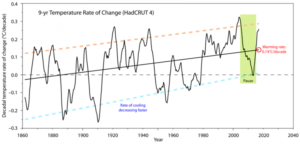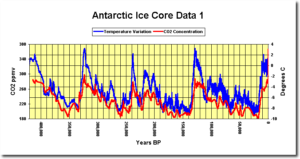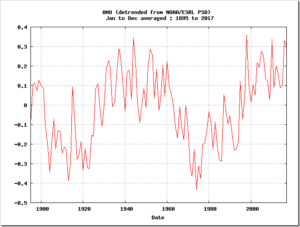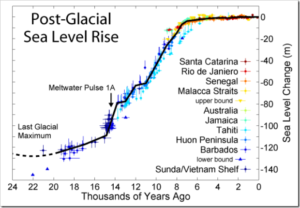by Susan J. Crockford, August 29, 2018 in FinancialPost
Opinion: New facts have emerged from the filmmaker behind the cruel and deliberate exploitation of a dying bear in quest to advance climate change agenda.
It was tragedy porn meant to provoke a visceral response — the gut-wrenching video of an emaciated polar bear struggling to drag himself across a snowless Canadian landscape made billions of people groan in anguish. Taken in August 2017 by biologist Paul Nicklen, a co-founder of the Canadian non-profit SeaLegacy, the video was posted on Instagram in December 2017, stating “This is what starvation looks like” as part of a discussion about climate change.
…







